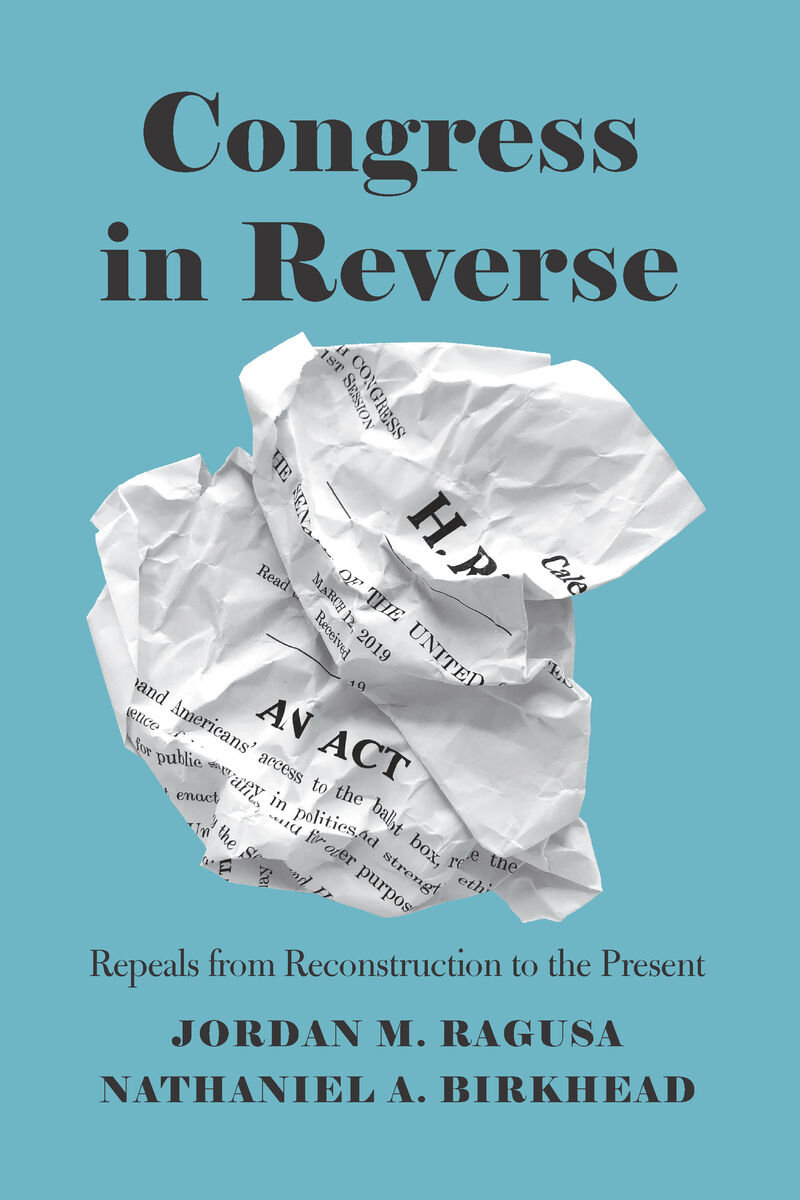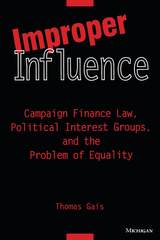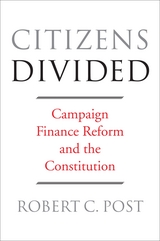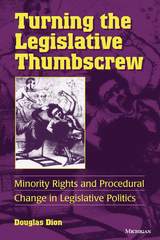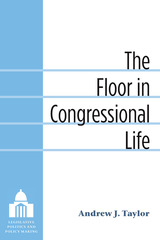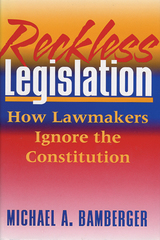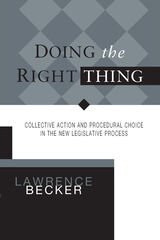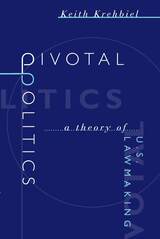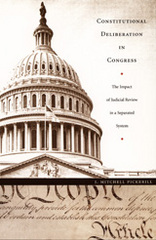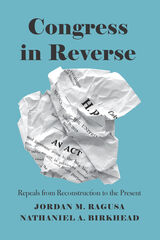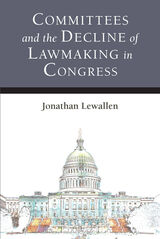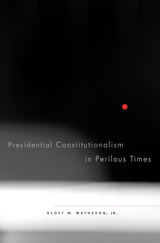Congress in Reverse: Repeals from Reconstruction to the Present
University of Chicago Press, 2020
eISBN: 978-0-226-71750-0 | Paper: 978-0-226-71747-0 | Cloth: 978-0-226-71733-3
Library of Congress Classification KF4945.R34 2020
Dewey Decimal Classification 328.73077
eISBN: 978-0-226-71750-0 | Paper: 978-0-226-71747-0 | Cloth: 978-0-226-71733-3
Library of Congress Classification KF4945.R34 2020
Dewey Decimal Classification 328.73077
ABOUT THIS BOOK | AUTHOR BIOGRAPHY | REVIEWS | TOC | REQUEST ACCESSIBLE FILE
ABOUT THIS BOOK
After years of divided government, countless Republicans campaigned on a promise to repeal the Affordable Care Act, better known as Obamacare. Yet when they took control of both chambers of Congress and the White House in 2017—after six years that included more than fifty symbolic votes and innumerable pledges—they failed to repeal the bulk of the law. Pundits were shocked, and observers and political scientists alike were stuck looking for an explanation. What made Obamacare so hard to repeal? And in a larger sense: What explains why some laws are repealed, and yet others endure in spite of considerable efforts? Are repeals different from law-making or do they mirror one another? Why are repeals more likely at some times than others? What theories of legislative behavior and policymaking explain when repeals happen?
Congress in Reverse is the first book to attempt to answer these questions. Jordan M. Ragusa and Nathaniel A. Birkhead examine when and why existing statutes are successfully “undone,” arguing that repeals are most common when the parties are united on the issue—which was not the case when it came to Obamacare for the Republican Party—and the majority party wins control of Congress after a long stint in the minority. By shifting focus from the making of laws to their un-making, Congress in Reverse opens up a new arena for studying legislative activity in Congress.
Congress in Reverse is the first book to attempt to answer these questions. Jordan M. Ragusa and Nathaniel A. Birkhead examine when and why existing statutes are successfully “undone,” arguing that repeals are most common when the parties are united on the issue—which was not the case when it came to Obamacare for the Republican Party—and the majority party wins control of Congress after a long stint in the minority. By shifting focus from the making of laws to their un-making, Congress in Reverse opens up a new arena for studying legislative activity in Congress.
See other books on: 21st Century | Congress | Legislative Branch | Present | United States. Congress
See other titles from University of Chicago Press
